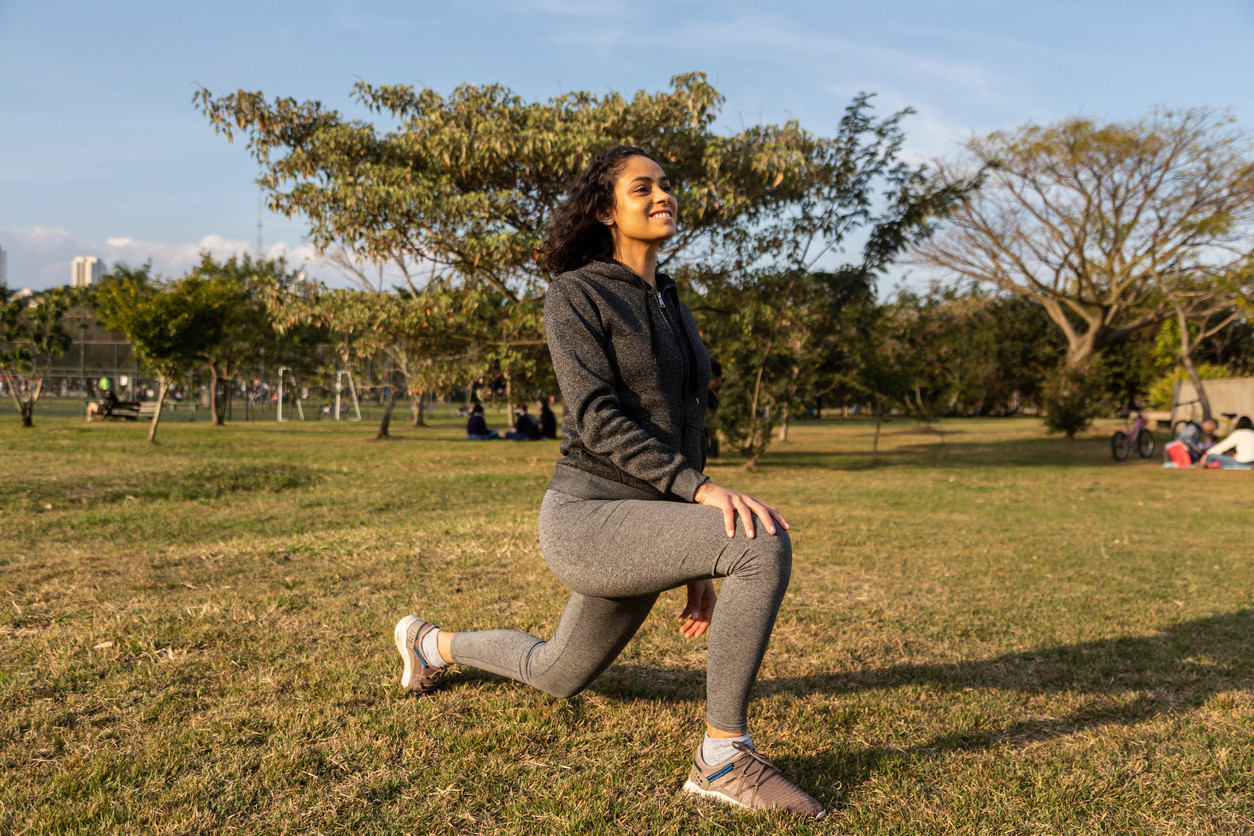7 best exercises and stretches for hip pain that physical therapists love
Learn about the most effective ways to manage and prevent hip pain, especially with therapeutic exercises and stretches from physical therapists.
0 $ pour vous
Dernière mise à jour : Jun 5, 2025
Table des matières
Fully covered hip pain relief
Find relief from hip pain, buttock pain, hip tendonitis, & more.
Check if I'm eligibleStrengthening exercises for hip pain
Want expert care? Check if you're covered for our free program →- Standing Side Leg Raise
- Seated Clamshell
- Forward Lunge
Stretching exercises for hip pain
Want expert care? Check if you're covered for our free program →- Standing Groin Stretch
- Hip Flexor Stretch
- Cat Cow
- Glute Stretch
